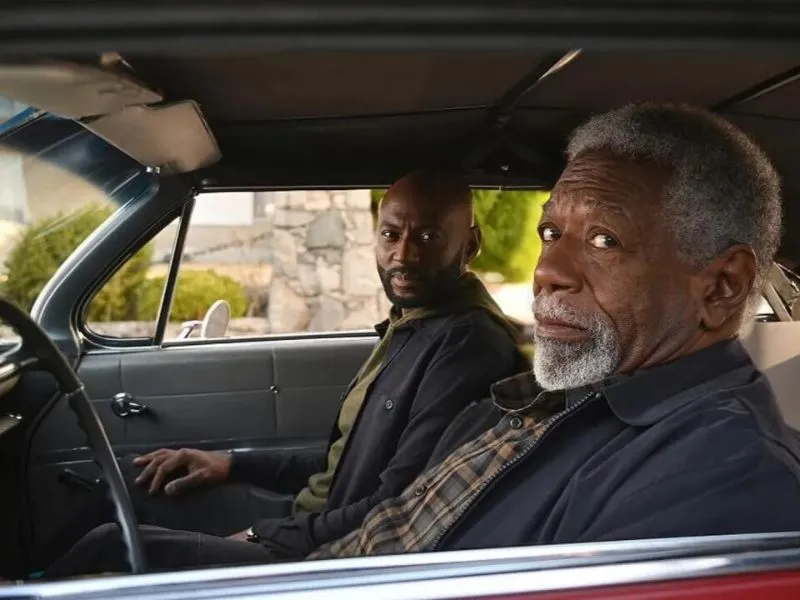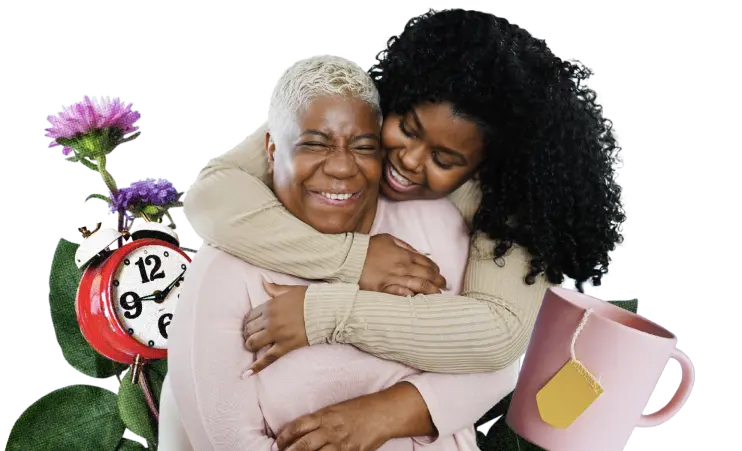
And their wishes. The majority of people prefer to live and age at home. Unfortunately, we don’t see enough of this scenario on screen – only about half of older adults receiving care on TV are depicted at home.
Showing in-home care for older folks in film and TV stories helps normalize this as a viable option and drives demand for the solutions that make it so. Plus, that’s one less set to worry about, y’all!
Story Sparks:
- Raphael’s aunt Shelly is in her late 70s – Shelly lives in her home but grocery shopping alone can be tough. Why do they always put the best condiments on the highest shelf!? So Raphael makes a point to stock his aunt Shelly’s pantries once a week.
- Netsai lives in another state from her parents. She’s in Portland Oregon and her parents love Portland, Maine. They’re quirky. Her father Andile has Parkinson’s, so Netsai manages a professional home care worker from afar.
- Osman and Corina and their three children spend time each day with Filbert, an older neighbor, and invite him over for family meals. Osman is a beast at making Yorkshire puddings – it’s a whole thing. In turn, Filbert often helps out with odd jobs around their house.
AVOID THE PITFALL:
Humor is a great tool for breaking through taboo topics – but keep it fresh! Base humor on real experiences instead of relying on ageist tropes like making an older adult character inept, set in their ways, or the butt of the joke. Butts are a far superior butt of the joke!
A quick note: scenarios described here are generalized from information that Caring Across Generations has collected through focus groups, polling, and other research. They are generalized scenarios and are not any one individual’s story, and they are not meant to be comprehensive of all experiences having to do with care. This resource is intended to illuminate new storytelling opportunities that also contribute to a more authentic and holistic representation of care on screen.
